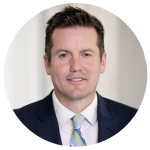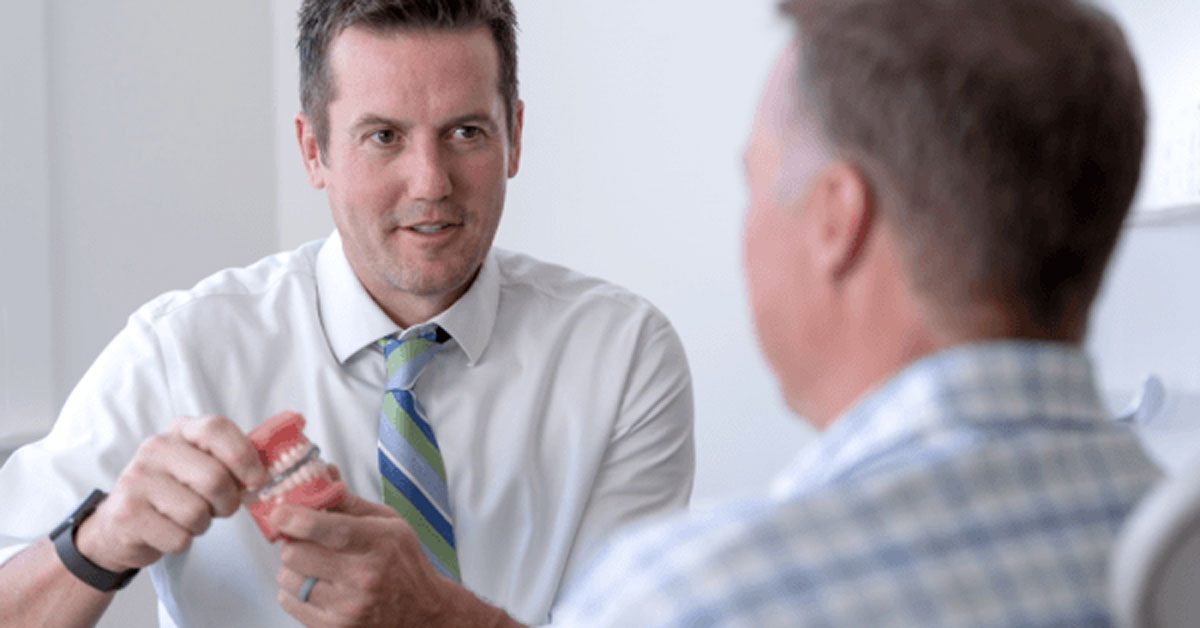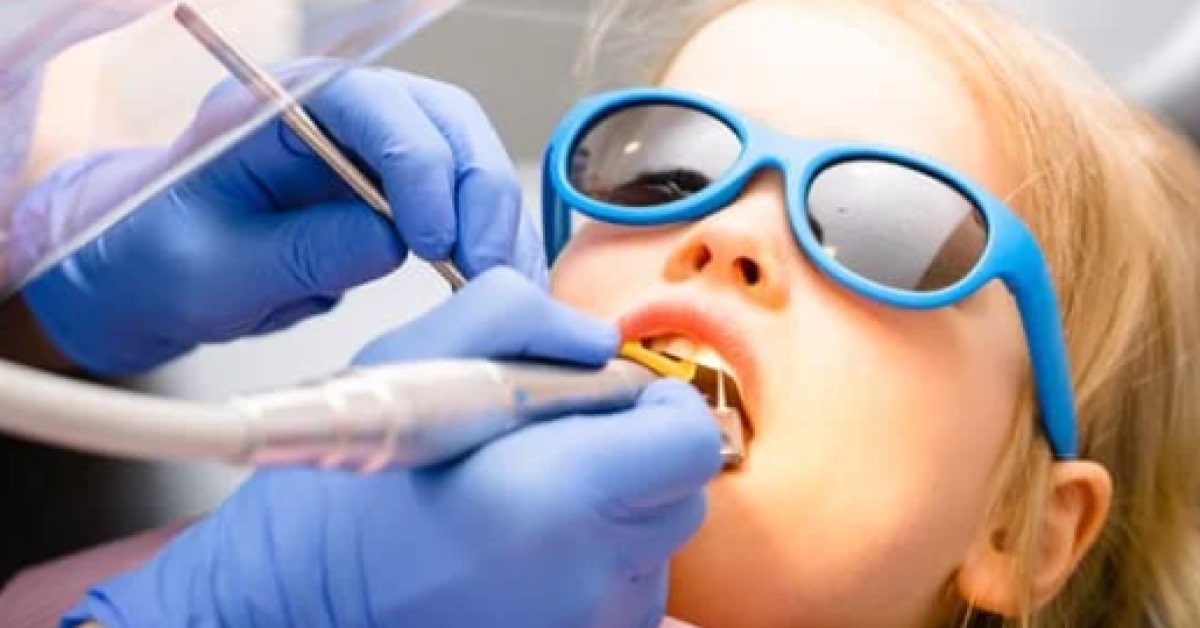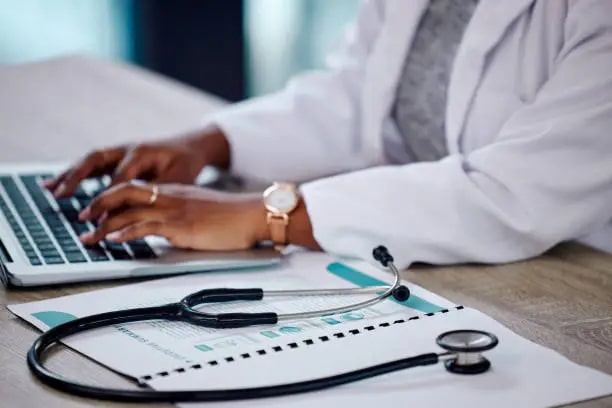Blog
January 30, 2019 • 6 min readDentistry’s Role in the Treatment of Sleep Disorders
Dental dentistry's role in treating sleep disorders can improve overall health through technology such as intraoral scanning and Imagn software. Sleep is crucial for overall wellness, and chronic illness is a reflection of poor lifestyle choices. Dental and medical professions should work together to improve health.
Author

Joe Magness, DDS
Devdent CEO

In this Article
Comprehensive care and improved health can be achieved by understanding dentistry’s role in the treatment of sleep disorders. The dentist’s role in health and the use of intraoral scanning, Imagn software, and other technology automates the process of dental sleep medicine.
It is a well-known fact that sleep affects the entire body and that sleep is the foundation for health. For the population to achieve wellness or health, they will have to sleep, diet and exercise well. The chronic illness that is so prevalent is a reflection of our choices. With the poor trending of health in this country, it’s important that the dental and medical professions work together.
Dentists play a critical role in health, through the screening, prevention, and treatment of sleep disorders, like bruxism, TMD and obstructive sleep apnea (OSA) — referred to as dental sleep medicine. By asking a few screening questions and being more comprehensive, dentists can identify sleep disorders in patients. Without dentists and this “preventative” mindset, these patients could be left unscreened, untested and untreated for years.
“People are spending billions trying to sleep better. Dentistry has conservative, cost-effective options. The medical side needs dentistry’s help.”Joe Magness
The Reality of Dental Sleep Medicine
The population is facing staggering statistics of poor health and poor sleep. These numbers translate into patients being seen every day in dental offices. Offices feel the burden of keeping up with the needs of patients yet staying financially strong. About 65.7 percent of the population saw a dentist last year1. People spend billions trying to sleep better. Dentistry has conservative, cost-effective options. The medical side needs dentistry’s help, which is precisely where dentistry’s role in the treatment of sleep disorders comes into play.
There are many different factors that disrupt sleep. Dentists need to understand how a poor airway and pain disrupt sleep. Dentistry makes appliances that improve the size of the airway and treat bruxism to decrease pain. If a patient continues to have sleep disrupted for years or decades, then sleep disorders will become more severe2. The medical profession agrees that oral appliances have their place, and almost every patient will transition through the phases that we should be screening, testing, and treating. Be confident and get educated. There are multiple ways that sleep disorders can be treated and have successful outcomes. Treating sleep disorders has a dental and medical component. This case is an example of medical problems with dental solutions and is appropriate to treat with oral appliance therapy. The technology used made it easier for the staff and the dentist to achieve success.
Case Presentation
A complete medical history, Imagn Sleep screening, a comprehensive exam and appropriate imaging was completed. Because we are entering the medical side, I am going to present the case in a SOAP note format. I will also be discussing how technology is used throughout the treatment and monitoring process. The use of technology also removes obstacles in creating this medical insurance approved format. The comprehensive evaluation identified the following findings.
Subjective
A 44-year-old male with a BMI of 30 presented the chief complaint of daytime tiredness. The patient reported a history of snoring and head, neck and jaw pain with clicking. Also, he sometimes feels tired and most days he feels good when waking up. The patient had been tested and diagnosed with severe OSA and was treated with a continuous positive airway pressure (CPAP) machine but is a non-compliant CPAP user. The patient has been non-compliant because of the lack of comfort and effectiveness. He has had these symptoms for more than five years and sleeps on average more than 7 hours.
Objective
The patient presents with generalized, severe wear facets with severe pitting on the occlusal surfaces, abfractions and a significant amount of dentistry from excessive force to the teeth. Large, lingual tori
are present with localized periodontitis. The patient has Grade 1 tonsils and scored a Class 3 Mallampati score, as well as a scalloped tongue.
The extra-oral exam revealed tenderness to palpation to the masseter, temporalis, SCM, scalene, and suboccipital muscles. There is a 2 mm deviation to the right with limited movement in a left excursive movement with a 35 mm opening. Nothing else was remarkable regarding the TMJ, and the patient had a skeletal Class I jaw relationship and bite with a history of orthodontics as a 14-year-old.
A CBCT (Planmeca ProMax) was taken, and the airway analysis shows a narrowest Cross Sectional Area (CSA) of 90 mm². This predictor shows an intermediate risk of OSA. The average group of non-OSA subjects will have about twice the square area at the narrowest CSA as a group with OSA. CBCT gives dentists the complete picture of what is happening in the patient’s mouths. This will lead to higher case acceptance and better clinical care. Also, this provides comfort to feel confident that we are providing the best care for all aspects of dentistry.


Assessment
Because this patient had been previously diagnosed with Severe OSA, this assessment is straightforward. Most patients will not be tested before this visit, so the assessment would be possible OSA. OSA can only be diagnosed from a sleep test, which must be interpreted by a board-certified sleep physician. The patient suffers from nocturnal bruxism.
Plan
The plan for this patient is to be treated with oral appliance therapy (OAT). The American Academy of Sleep Medicine (AASM) says, “No treatment is not an option.” So this patient, even though a severe OSA patient, should be treated with OAT. A CPAP affidavit is signed by the patient for consent for this procedure.
The Treatment Process
The most important part of any sleep appliance will be compliance. The aspects of appliances that can lead to compliance are comfort, improved sleep, and joint health. Because the RiPPLE® plus achieves these aspects, it is the appliance of choice for this case. This is a device not based on constantly protruding. Therefore, dislocating the TMJ all night long, every night.
This device has a bite position with an “open” CR position and an elastic that can hold the mandible in a healthy position for a better airway at night. So, it can provide the best of both worlds. One of many CR definitions that make sense from a sleep perspective has been described as “the most stable and comfortable position of the mandible in which the joints can be loaded without discomfort.” Poor breathing will disrupt sleep, but pain can also, so don’t create it. Intraoral scanning technology was used and the appliance was created.
At delivery, the patient tried on the appliance to check the fit and the bite position. This type of appliance has elastic that needs to be titrated to support and maintain a position of the phonetic, deep “aaahhh” sound. The patient was checked two days after, seven days after and then a 30-day “efficacy” test to verify the effectiveness of the appliance. Consequently, there was an adequate reduction in apneas and hypopneas. The patient reported no complaints and the efficacy test was satisfactory.
Sleep Changes Everything
The patient reported relief from the pre-existing symptoms and complaints. The patient now reports,
The results have been life changing. The mouthpiece fits my teeth perfectly. The elastic, which can easily be replaced, keeps my jaw in place and also protects my teeth from grinding. My wife has commented about how quiet I am while sleeping … I am able to fall asleep normally without any medication. I’m also able to maintain a restful sleep without waking up gasping for air. My headaches are gone and I have energy throughout the day without nodding off during the day. Getting a good night’s sleep, along with having energy to exercise and eat right, have aided in increasing my health and I’ve dropped about 30 pounds over the last year … I lived with a burden of fear in the past because all of the health horror stories from sleep apnea effects. I now sleep in peace and live in peace. Thanks!
Summary
Dental sleep medicine has the ability to improve patient care and strengthen practices. As screening improves, patients will be identified earlier in the process and prevent bigger health issues from starting. TMJ and sleep treatment go together, meaning you cannot treat one and not affect the other. We have the technology today to automate and simplify the process of dental sleep medicine, so dentistry and medicine can work together.
References
- Kaiser Family Foundation analysis of the Center for Disease Control and Prevention (CDC)’s Behavioral Risk Factor Surveillance System (BRFSS) 2016 Survey Results.
- Roy H Lubit MD, Ph.D., Iqbal Ahmed MBBS. Sleep Disorders Treatment & Management. Jan 28, 2015
Published in CAD/CAM Magazine



